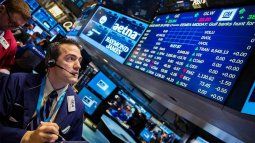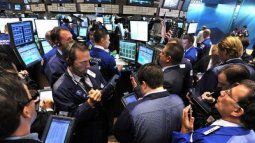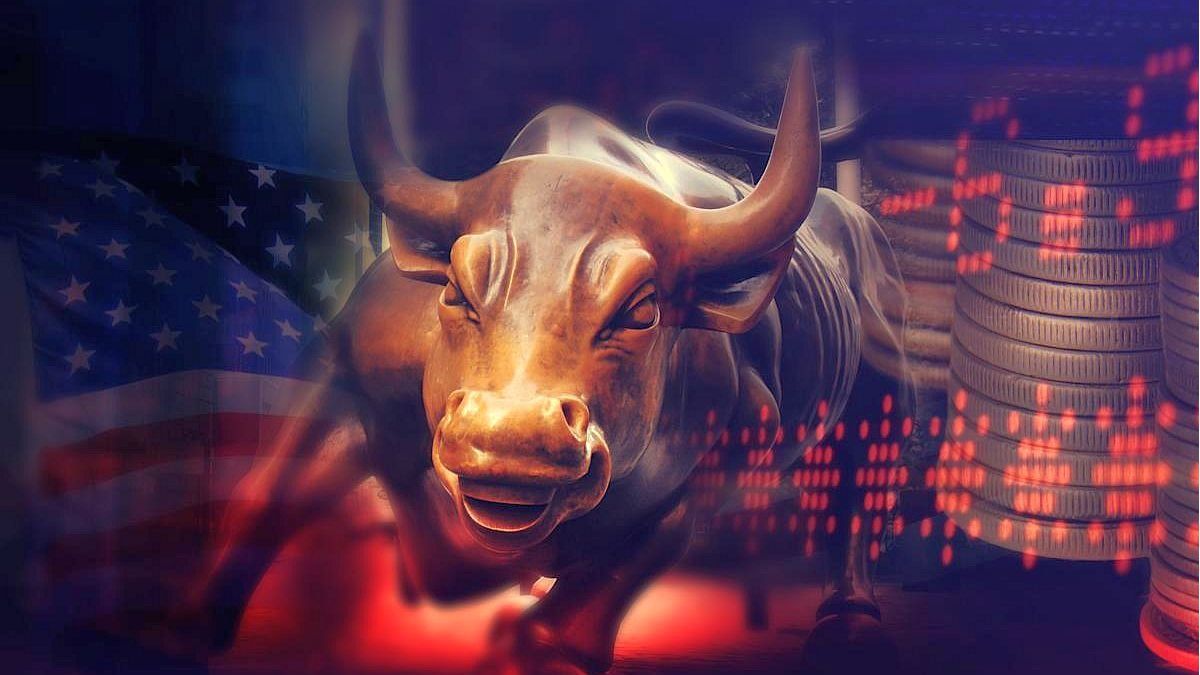In Wall Street The shares collapsed due to the misgivings of specialists about a “possible contamination of the banking sector”. Market sources assure that the seeds sown during the pandemic are being harvested. Obviously they talk about expansionary policies: fiscal and monetary, accusing the “Modern Monetary Policy”. A central idea of modern monetary theory is that governments with a fiat currency system under their control can and should print—or create with a few mouse clicks in the digital age—as much money as they need to spend because they cannot go bankrupt or be insolvent.
The content you want to access is exclusive to subscribers.
The US Government put abundant money in the pockets of Americans in a pandemic, the banking system was bogged down with liquidity, and thus fluidly expanded money that went to fixed-rate Treasury Bonds, whose value later plummeted with the Fed’s rate hike. In turn, it directed money into commercial real estate loans, and the problem is that today’s bank assets not only have many fixed-rate Treasury bonds – whose value has gone bad – , but the possibility of defaults on commercial real estate loans grows.


THE NUMBERS
The Dow Jones Industrial Average was down (1.08%), the S&P 500 was down (1.16%), the Nasdaq Composite was down (1.08%). All three major indices fell for the second time in a row. SE bank shares plunged, and the SPDR S&P regional banking ETF slumped about 7%. They explain to us that this week “The stability of smaller financial institutions is being deeply questioned after the crisis that led to the collapse of Silicon Valley Bank and First Republic Bank”. PacWest and Western Alliance plunged 27% and 15%, respectively, even shares of JPMorgan Chase lost 1.6%, when they had previously risen after the acquisition of regional First Republic Bank. Big banks like Bank of America, Goldman Sachs and Citigroup also sank about 2.6%.
It is that the concerns of the banking sector, mixed with unease about the debt ceiling and, the suspicion for the dubious attitude of the fed rate policy, are contributing to the “risk aversion effect”. The conditions of “the perfect storm” would be being created.
The banking sector was already under stress, today the conclusion of the Fed’s monetary policy meeting is added to the announcement of another potential rate hike of (0.25) basis points, with a associated probability of occurrence of 85% of a rate increase in the group of colleagues who analyze and investigate the sector. There are opinions of the market about what this time is the lastand the Fed will hold rates. After this meeting, the Fed will no longer contract monetary policy. Janet Yellen, hinted that the US could be left without paying its bills as of June 1, a month earlier than Goldman Sachs analysts estimated.
The general impression, ratifying our previous one, is that we will definitely have more flexible central banks in terms of monetary policy in the coming months, with jurisdictions that will have to exercise restraint, to arbitrate between inflation and financial stabilization.
Director of the Esperanza Foundation, postgraduate professor at the UBA and Masters at private universities. Master in International Economic Policy, Doctor in Political Science, author of 6 books.
Source: Ambito
David William is a talented author who has made a name for himself in the world of writing. He is a professional author who writes on a wide range of topics, from general interest to opinion news. David is currently working as a writer at 24 hours worlds where he brings his unique perspective and in-depth research to his articles, making them both informative and engaging.




